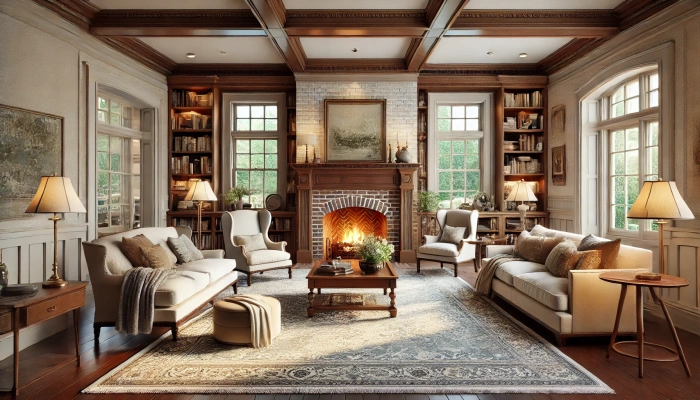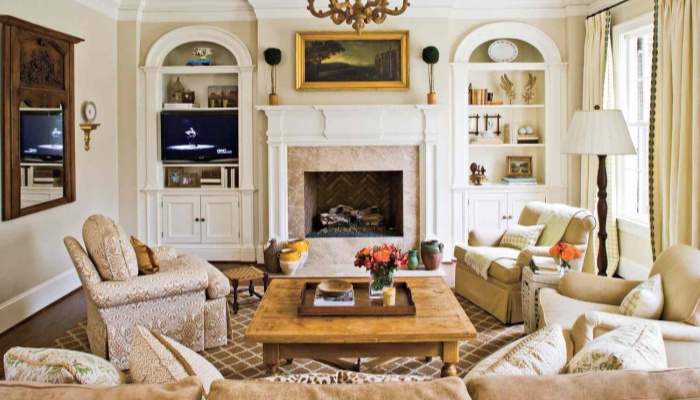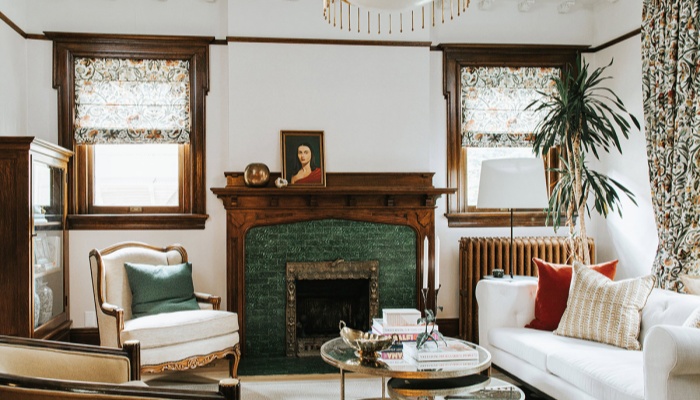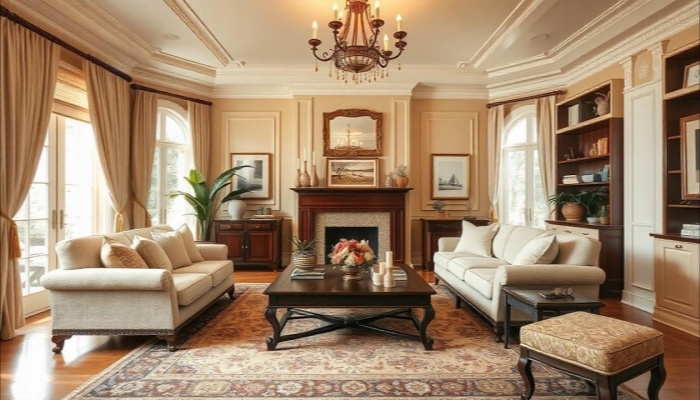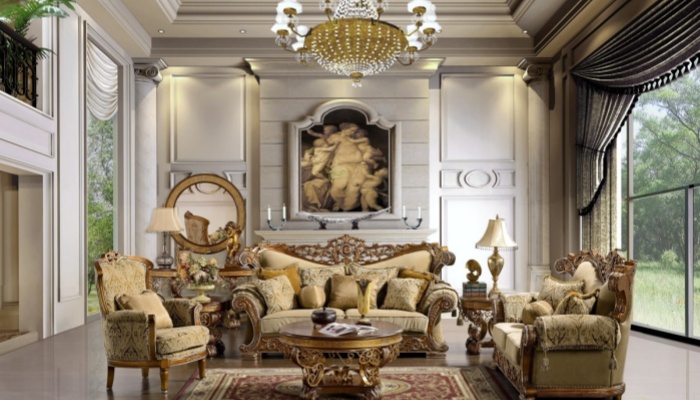Another essential element is the use of classic materials. Traditional homes often incorporate natural materials such as wood, stone, and brick. These materials not only add warmth and character but also stand the test of time. For instance, hardwood flooring is a staple in traditional homes, providing durability and a rich aesthetic. Homeowners should consider using reclaimed wood or locally sourced materials to enhance the authenticity of their renovations while also promoting sustainability.
Color palettes in traditional design tend to favor muted, earthy tones. Shades of beige, cream, soft greens, and warm browns create a calming atmosphere that complements the classic aesthetic.
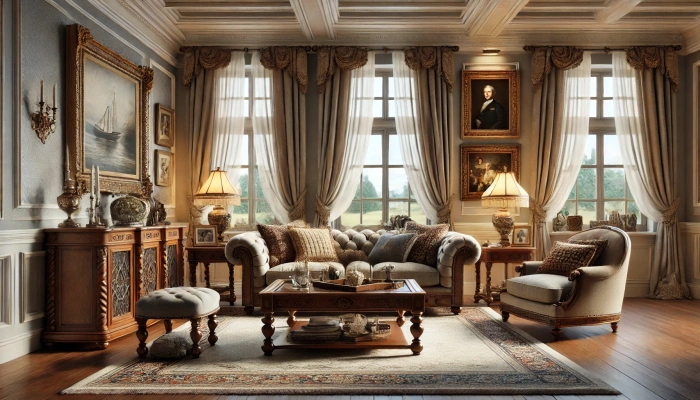
Accent colors can be introduced through furnishings, artwork, or decorative elements, but the overall scheme remains understated. This approach allows homeowners to create a timeless backdrop that can easily adapt to changing trends.
Architectural details are another hallmark of traditional design. Crown molding, wainscoting, and chair rails add depth and elegance to rooms. These details can be incorporated into renovations to enhance the character of the home. Homeowners should pay attention to the scale and proportion of these elements to ensure they fit seamlessly within the space. Additionally, incorporating vintage or antique fixtures can further enrich the traditional aesthetic.
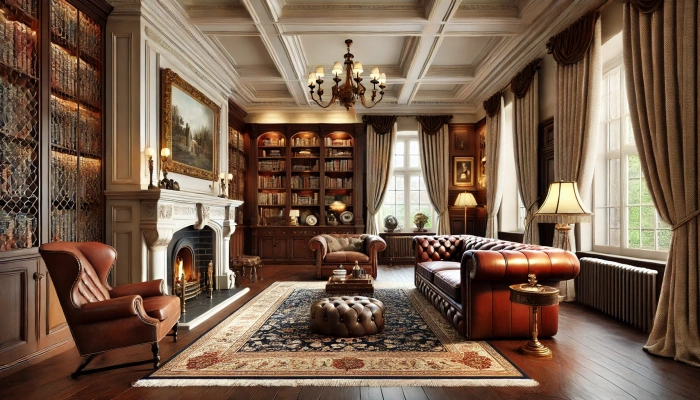
Furniture selection is crucial in achieving a traditional look. Pieces that reflect classic styles, such as Chippendale, Queen Anne, or Federal, can be used to create a cohesive design. Upholstered furniture in rich fabrics like velvet or brocade adds a touch of luxury and comfort. Homeowners should focus on quality craftsmanship and timeless designs when selecting furnishings, as these pieces will contribute to the overall integrity of the space.
Lighting is another important aspect of traditional home design. Chandeliers, sconces, and table lamps with classic designs can enhance the ambiance of a room. Warm, soft lighting creates an inviting atmosphere that complements the traditional aesthetic. Homeowners should consider layering different light sources to achieve a balanced and functional lighting scheme.
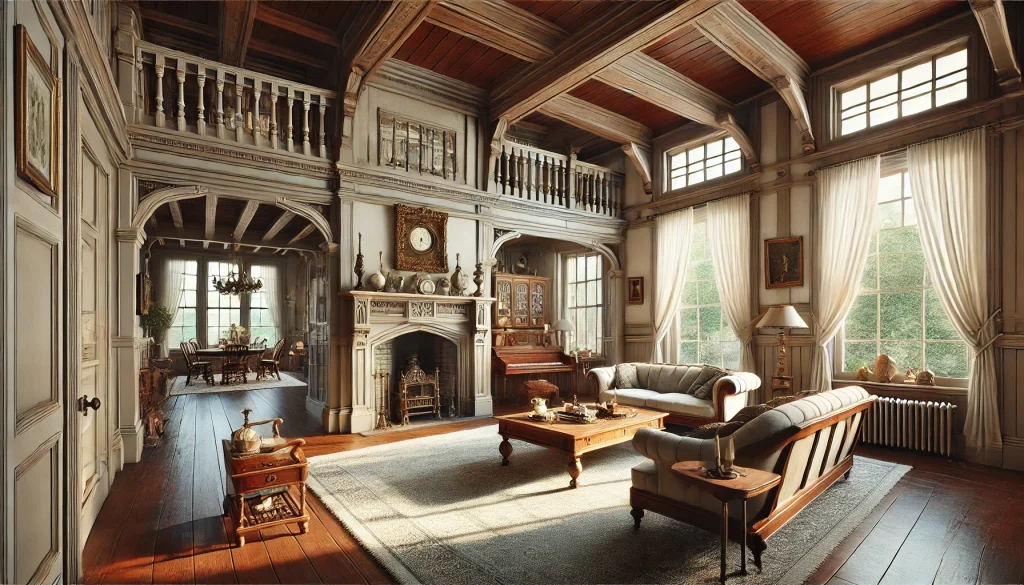
Landscaping plays a significant role in traditional home renovations as well. Well-maintained gardens, hedges, and pathways can enhance the curb appeal of a home. Traditional landscaping often features symmetrical designs, with carefully placed plants and flowers that echo the architectural elements of the house. Homeowners should aim for a cohesive look that ties the exterior and interior together.
Traditional home renovation styles emphasize symmetry, classic materials, muted color palettes, architectural details, quality furniture, and thoughtful landscaping. By focusing on these key elements, homeowners can create spaces that exude timeless elegance and charm.

